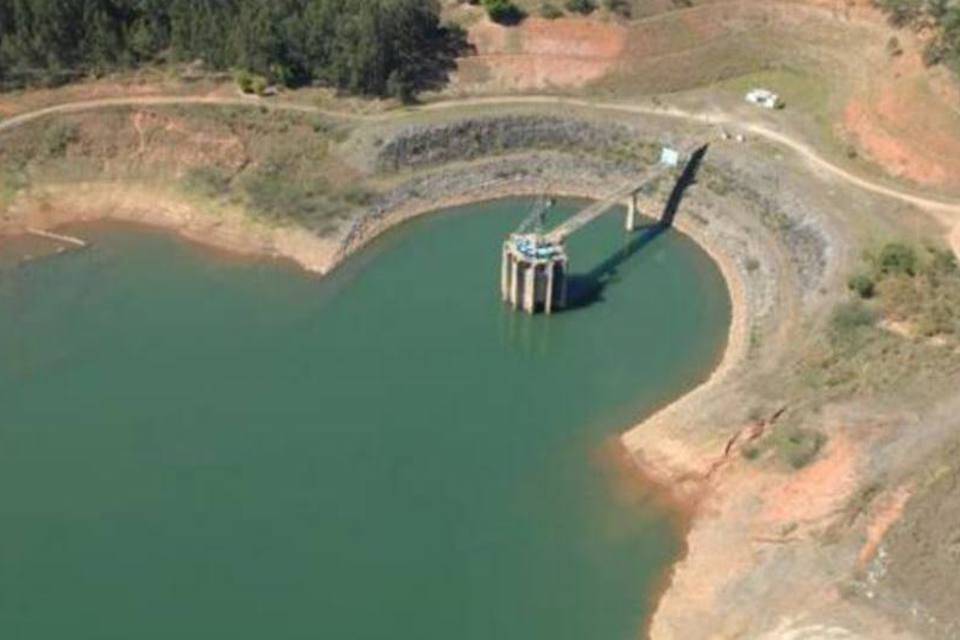RIO DE JANEIRO, BRAZIL – The volume of rainfall recorded since October 2020 is the lowest in 91 years, and the government has been implementing measures to preserve the volume of water in some reservoirs.
At the Marimbondo power station, on the border between the states of São Paulo and Minas Gerais, the useful volume level has plunged to just 8%. The Água Vermelha power station is also in a critical situation; the reservoir level has dropped to 7%.

These reservoirs are part of the Southeast/Midwest subsystem, the main one in Brazil. It encompasses hydroelectric reservoirs responsible for 70% of the country’s power generation capacity. As a whole, the subsystem’s water storage level stands at 33%.
The situation is due to lack of rainfall. The volume recorded since October 2020 is the lowest in the past 91 years, and the government has been implementing measures since 2020 to preserve the water volume in these reservoirs.
The principal measure adopted is the increased use of thermoelectric plants, which produce energy by burning fuels such as oil or natural gas. In addition, more energy is being imported from Uruguay and Argentina. In May, some reservoirs had their flow reduction authorized by the National Water Agency.
This is the case of the Jupiá and Serra da Mesa reservoirs. Jupiá is on the Paraná River, on the border between São Paulo and Mato Grosso do Sul. Serra da Mesa is located in the Upper Tocantins basin, in Goiás. The flow reduction is intended to slow the rate of depletion in order to guarantee the generation of electricity and other uses.
The federal government has created a crisis room to submit an action plan within 15 days.
Consumers have been noticing the impact of these exceptional measures to save water in reservoirs, such as the use of energy from thermoelectric plants, which is much more expensive. Brazil is currently charging consumers using the red flag, level 1 – the second highest tariff – and the dry season is just beginning.
The Acende Brasil Institute believes that the country has not yet reached a risk situation of energy shortage, but that the time is for caution.
“We are not in any alarm situation, this is not the case. However, society needs to be aware of this. The rational use of electricity, the rational use of water, saving whenever possible, I think this is the counterpart that society can contribute to increase the security of all, given a drought situation as severe as the one we are experiencing,” said Claudio Sales, president of Instituto Acende Brasil.
Source: G1

